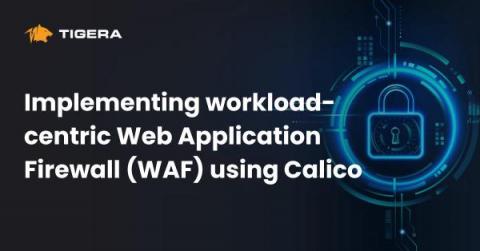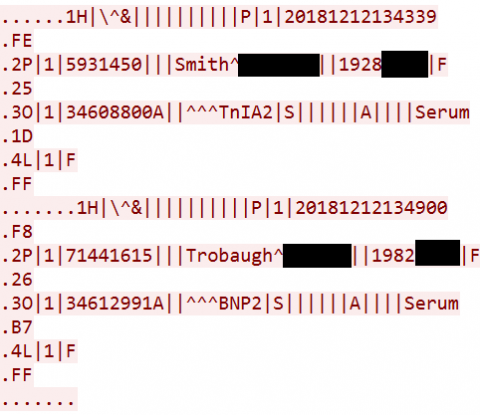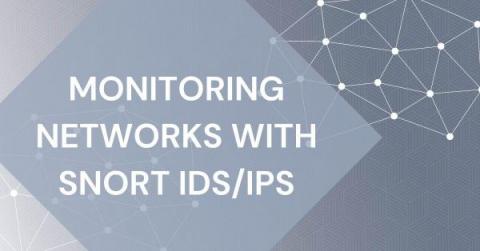Security | Threat Detection | Cyberattacks | DevSecOps | Compliance
Networks
The Future of the Firewall is in the Cloud
I read with some surprise the interview with Zscaler’s CEO, Jay Chaudry, in CRN where he stated that the “network firewalls will go the way of the mainframe,” that “the network is just plumbing” and that Zscaler proxy overlay architecture will replace it with its “application switchboard.” Well, our joint history in network security teaches us a very different lesson. This is my take.
Implementing workload-centric Web Application Firewall (WAF) using Calico
Microservices security is a growing concern for businesses in the face of increasing cyber threats. With application layer attacks being a leading cause of breaches, it’s more important than ever to safeguard the HTTP-based communication between microservices within a Kubernetes cluster. Traditional web application firewalls (WAFs) are not designed to address this specific challenge, but Calico WAF offers a unique solution.
You're Not Hallucinating: AI-Assisted Cyberattacks Are Coming to Healthcare, Too
Monitoring Networks with Snort IDS-IPS
Solving Big Networking Problems FAST
Most of the big networking headaches didn’t turn up overnight; they started small and increased in complexity over time, as the network grew and evolved. Without detailed actionable data, these problems can be nearly impossible to solve; at the very least it can take weeks, months, or even years to rid a global network of a pervasive issue.
How to Respond: CVE-2023-27997 (Fortigate SSL VPN)
Tutorial: Wi-Fi Troubleshooting Fundamentals
How SOCs can level up their PCAP game with Smart PCAP (Part 2)
In terms of unencrypted traffic, several highly used protocols lend themselves to logging and can significantly reduce the burden of packet capture without lowering the fidelity of information or the capabilities of analysts.











